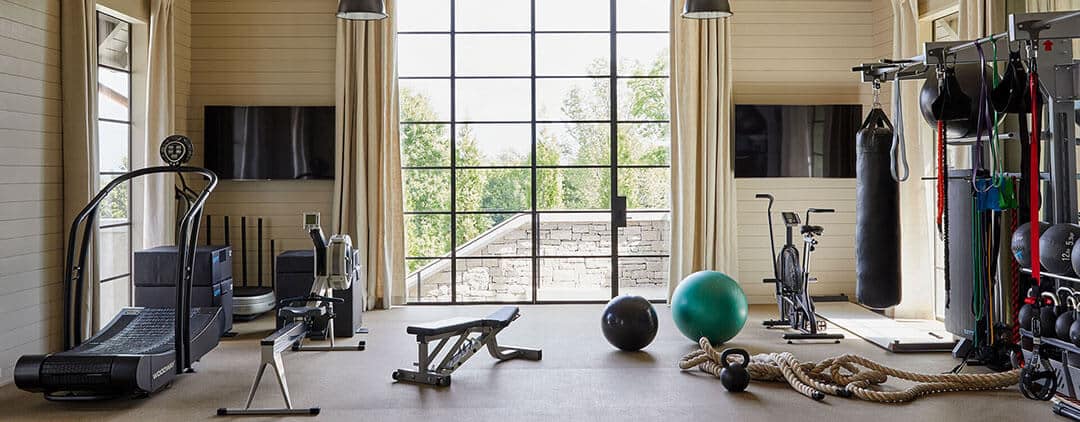Determining the right amount of weight to lift with dumbbells is crucial for an effective and safe workout. Whether you’re a beginner or an experienced lifter, understanding how to calculate the appropriate dumbbell weight can significantly enhance your training. This guide will walk you through the steps to find the perfect weight for your goals and abilities.
Assessing Your Fitness Level
Start by evaluating your current fitness level. If you’re new to weightlifting, begin with lighter weights to focus on mastering form and technique. For intermediate and advanced lifters, a 1RM (one repetition maximum) test can help estimate the weight you should use for different repetition ranges.
Understanding Exercise Specifics
The type of exercise you’re performing influences the weight you should lift. Compound movements like dumbbell squats or deadlifts generally require heavier weights due to the involvement of multiple muscle groups. Isolation exercises, such as bicep curls or lateral raises, might need lighter weights to ensure proper form.
Determining Repetition Range
Your repetition range plays a pivotal role in weight selection. For muscle hypertrophy, aim for weights that allow you to perform 8-12 repetitions to failure. Strength-focused workouts should involve weights that limit you to 1-6 repetitions. For endurance, lighter weights with 15 or more repetitions are recommended.
Setting Fitness Goals
Align your weight choice with your fitness objectives. Muscle-building exercises require weights that challenge you but still permit the desired number of reps. Strength training might necessitate heavier weights, pushing you closer to your 1RM. Endurance exercises demand lighter weights to sustain higher rep counts.
In conclusion, calculating the correct dumbbell weight involves a careful consideration of your fitness level, the specific exercises you’re performing, your repetition range, and your fitness goals. By taking these factors into account, you can tailor your workouts for optimal results. Remember, the goal is not just to lift weights, but to lift smartly. Start with weights that allow you to maintain proper form and gradually increase the load as your strength improves. This approach ensures that you stay injury-free while making steady progress toward your fitness objectives.

